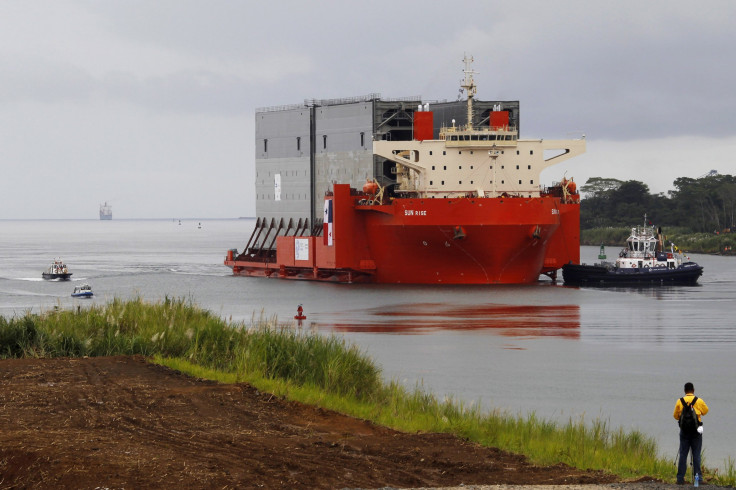Panama Canal Expansion Can Help US LNG Producers In Exporting To Asian Markets: Federal Maritime Commission

U.S. liquefied natural gas (LNG) producers stand to benefit from the $5.25 billion expansion of the Panama Canal, as larger tankers will be able to use the waterway enroute to lucrative Asian markets instead of having to sail around the southern tip of South America or Africa, the commissioner of the Federal Maritime Commission said Wednesday.
“Once the expanded Panama Canal opens, the distance to ship U.S. natural gas from the Gulf Coast of the United States to Asia will decrease by 9,000 miles,” William P. Doyle, the head of the independent federal agency for regulating U.S. international ocean transportation system, said in an address to the Eno Center for Transportation. "Only 21 of the existing global fleet of 370 LNG tankers can currently fit through the Panama Canal.”
Not long ago the U.S. was importing most of its natural gas, but today it has enough to become an exporter of the energy resource, thanks to new techniques in extracting gas trapped inside shale rock deep beneath the earth’s surface.
Currently, there are at least two-dozen projects being reviewed by the Department of Energy to build LNG export terminals.
The DOE, with the support of President Barack Obama, has approved conditional export licenses to three Gulf Coast terminals. Another terminal in southwest Louisiana gained approval in 2011.
The most recent export terminal to be approved belongs to Dominion Resources Inc. (NYSE:D). It is the company's Cove Point terminal and is sited on the Maryland shore of the Chesapeake Bay. To date, the DOE has authorized 6.37 billion cubic feet of LNG to be sold overseas.
The expansion project is behind schedule by at least six months and is now expected to be completed in mid-2015.
“The development of U.S. natural gas resources, together with the Panama Canal Expansion, will have a transformative impact on the U.S. energy and transportation landscape helping to improve our energy security while spurring economic development and job creation around the country,” Doyle said.
© Copyright IBTimes 2025. All rights reserved.






















